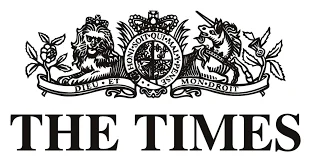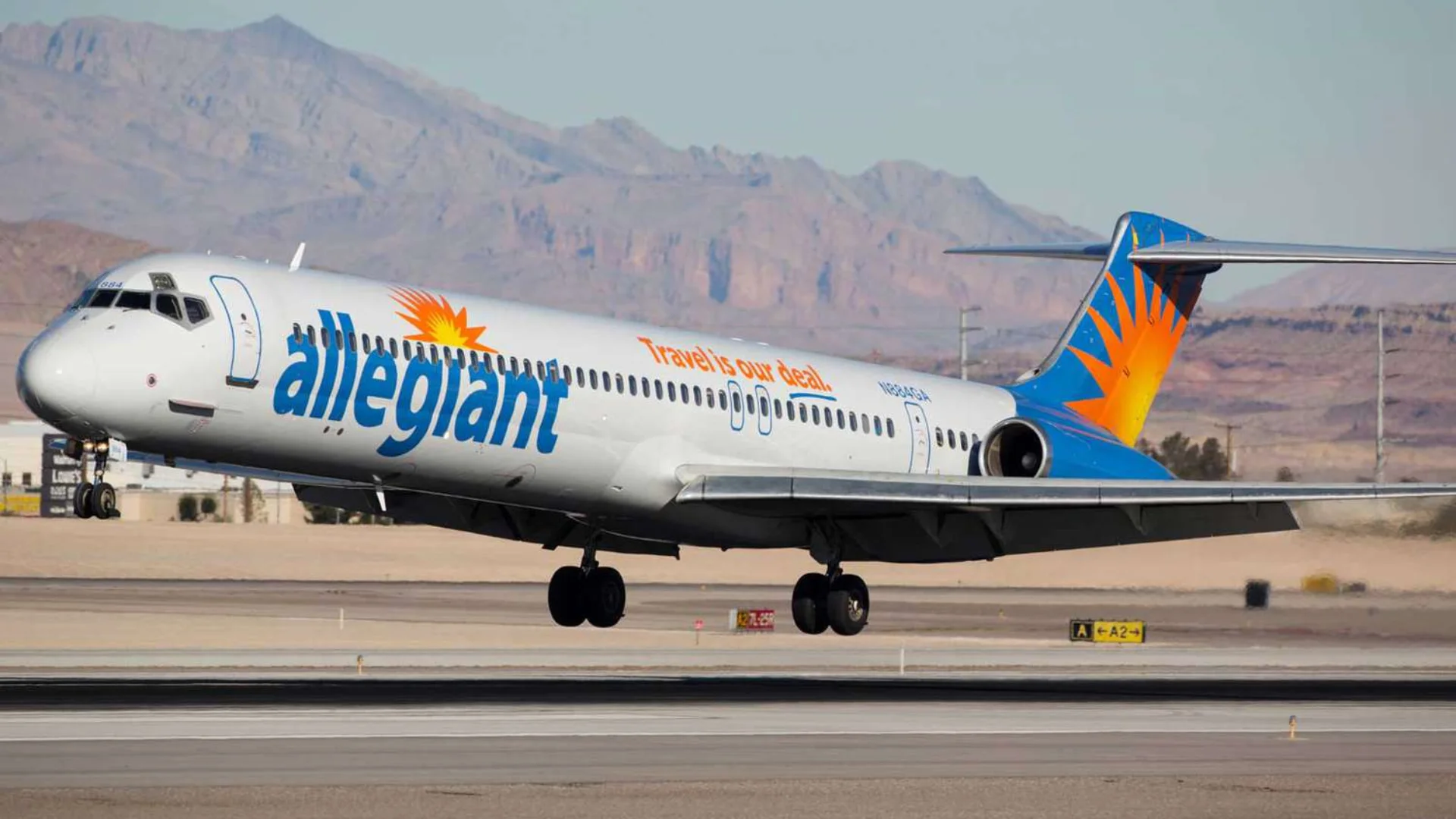Boeing’s decision to offer two engine options for its 787 Dreamliner, the General Electric GEnx-1B and the Rolls-Royce Trent 1000, was a strategic move aimed at increasing market appeal and reducing development risk. This approach allowed airlines to select an engine that best matched their operational needs, such as fuel efficiency, maintenance requirements, noise compliance, and fleet compatibility.
The Dreamliner itself introduced several technological advancements including a composite fuselage and advanced electrical systems. These innovations brought additional development risks. By certifying two different engines tailored to the aircraft’s design, Boeing provided flexibility for operators while spreading technical risk between two suppliers.
Some airlines chose the GEnx-1B due to its strong fuel efficiency—approximately 15% better than its predecessor—and long intervals between maintenance. Others preferred the Trent 1000 for its quiet operation and compatibility with existing Rolls-Royce fleets. The choice of engines also gave airlines more negotiating power and made the aircraft more attractive to leasing companies seeking placement flexibility.
 Alerts Sign-up
Alerts Sign-up



































